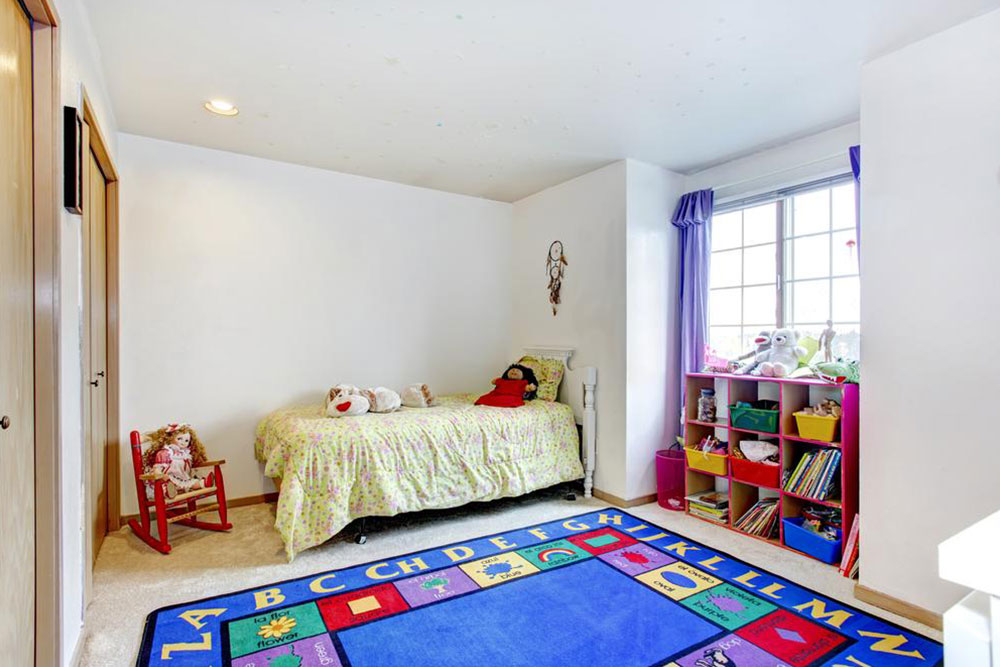Area rugs are large floor covers or carpets that are usually placed in living rooms floors or in those rooms where there is a large floor area. They were primarily manufactured with the intent to protect the floor from dust and occasional scratches. The urban living has somehow made changes in the intention of use of area rugs. Area rugs nowadays are primarily used for room decoration.
The most common area rug materials are; wool rugs.
They are sturdy and repel water and stains, silk rugs are extremely soft and have tear resistant fibers but they can be slippery over a polished surface. Synthetic fibers such as the ones made of nylon, polyester etc. are very durable, and are stain and fade resistant. Bamboo rugs are biodegradable and a good option for allergy sufferers. Woolen rugs are the most common type of rugs found in any household. They are good insulators of heat and provide a sturdy pile on the floor. Cotton rugs are strong, stable and generally inexpensive. Jute, synthetic, and bamboo rugs are biodegradable and lightweight than their woolen counterparts. Due to their durability and light weight, they are used as layering on bigger area rugs. Leather rugs are the most uncommon type of rugs. They are stain resistant and are normally called hide rugs.
Area rugs can be used to cover dining areas. These rugs can be placed below dining tables. Kitchen rugs help ease feet pain due to continuous standing posture. Bedroom rugs are normally placed parallel to beds. It is better to use a overlying rug (a rug lying over the existing bigger rug or a carpet) which will give your feet a very warm feel every time when you get in and off the bed. Entryway rugs are a good option if you want your guests a pleasant feeling while they are entering or leaving your home. You can also give your passageways and hallways a pretty good makeover by placing runners. Runners are narrow area rugs and act as ideal solution to cover your home’s passageways and hallways.
Disclaimer:The content provided on our blog site traverses numerous categories, offering readers valuable and practical information. Readers can use the editorial team’s research and data to gain more insights into their topics of interest. However, they are requested not to treat the articles as conclusive. The website team cannot be held responsible for differences in data or inaccuracies found across other platforms. Please also note that the site might also miss out on various schemes and offers available that the readers may find more beneficial than the ones we cover.





